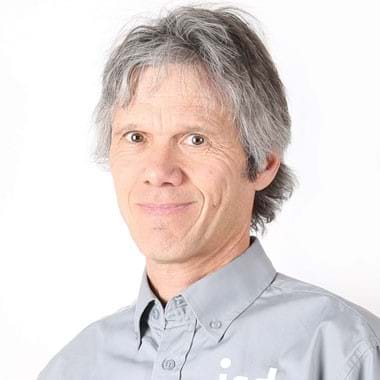Using cesium-137 to quantify organic horticultural soil erosion

Claude Bernard
Associate Researcher, Ph.D.

Marc-Olivier Gasser
Researcher, agr., Ph.D.
418 643-2380
ext 650
Description
Organic horticultural soils lose anywhere from 0.3 to 4 cm of viable topsoil each year that does not regenerate. The main degradation processes involve microbial decomposition, compaction (50%), and erosion (50%). Not much is known, however, about the actual magnitude of the loss due to erosion. The measurement of the spatial redistribution of cesium-137 (Cs-137) provides a rapid and efficient means to quantify this loss. We will measure this radioisotope in 28 fields exposed to different atmospheric agents and subject to a variety of anti-erosion practices in order to quantify the long-term (60+ years) severity of erosion for these soil types.
Objective(s)
- Use Cs-137 to quantify the total erosion of organic soils that has taken place in 28 fields since the early 1960s.
- Compare the erosion rates calculated by the Cs-137 methodology with rates obtained by other means currently in use.
- Help develop an integrated approach to the conservation of organic horticultural soils.
From 2019 to 2023
Project duration
Market gardening
Activity areas
Soil health
Service
This project will help bring about improvements in black peat conservation.

Partners
Ministère de l'Agriculture, des Pêcheries et de l'Alimentation du Québec | Université Laval

This may interest you
Multidisciplinary assessment of organic production systems for baby lettuce on muck soil
This project aims to assess the impact of cropping practices on baby lettuce yields and quality on muck soil.
Researchers: Caroline Côté Annabelle Firlej


Developing an organic farming protocol for young vegetable shoots: a multidisciplinary approach
This project will help lead to the development of an organic farming system to grow baby greens.
Researchers: Caroline Côté Annabelle Firlej Carl Boivin Maryse Leblanc




Assessment of weed control products applied along the edge of plastic mulch in organic agriculture
A series of herbicides has been tested along the edge of the plastic mulch.
Researcher: Maryse Leblanc


